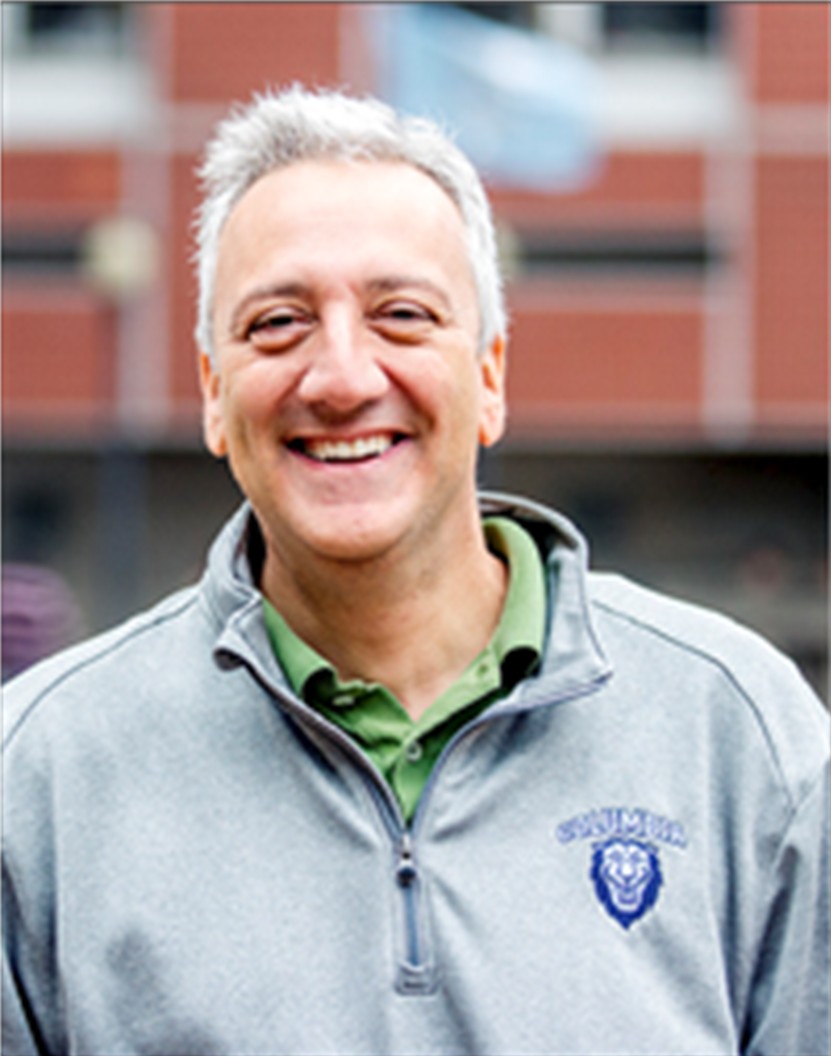-
(b.) - ?1962 August 19
Bio/Description
An American engineer and former NASA astronaut who is now a Professor of Mechanical Engineering at Columbia University, he is a veteran of two Space Shuttle missions, both of which serviced the Hubble Space Telescope (HST), including the historic final repair mission. He made a guest appearance in one of the video lectures of An Introduction to Interactive Programming in Python, a MOOC offered by Rice University. He was born in Oceanside, New York, his hometown being Franklin Square, New York he graduated from H. Frank Carey Junior-Senior High School in Franklin Square, New York in 1980. He went on to attend Columbia University, graduating with a Bachelor of Science degree in Industrial Engineering in 1984. He then attended the Massachusetts Institute of Technology (MIT), graduating with a Master of Science degree in Mechanical Engineering and a Master of Science degree in Technology and Public Policy in 1988. He continued his education at MIT, earning a Degree of Mechanical Engineer in 1990 and a Doctor of Philosophy in Mechanical Engineering in 1992. Upon completing his B.S. degree from Columbia, he worked for IBM as a Systems Engineer in New York City from 1984 until 1986. In 1986 he entered graduate school at the Massachusetts Institute of Technology where he conducted research on human operator control of space robotics systems in the MIT Mechanical Engineering Department's Human-machine systems Laboratory. His work resulted in the awarding of two patents. While a student at MIT he worked during the Summer of 1987 as a General Engineer at NASA Headquarters in the Office of Aeronautics and Space Technology, during the summers of 1988 and 1989 as a research fellow in the Man-Systems Integration Branch at the NASA Marshall Space Flight Center, and during the summer of 1990 as a visiting Research Engineer at the German Aerospace Center (DLR) in Oberpfaffenhofen, Germany. After graduating from MIT in 1992, he worked at McDonnell Douglas Aerospace in Houston, Texas as a Research Engineer where he developed laptop computer displays to assist operators of the Space Shuttle remote manipulator system. These displays included the Manipulator Position Display, which was evaluated on STS-69. From 1992 to 1995 he was also an Adjunct Assistant Professor in the Mechanical Engineering & Material Sciences Department at Rice University, where he taught feedback control of mechanical systems. In September 1995, he joined the faculty of the Georgia Institute of Technology as an Assistant Professor in the School of Industrial and Systems Engineering. At Georgia Tech he taught human-machine systems engineering classes and conducted research on human-machine interfaces for space and aircraft systems in the Center for Human-Machine Systems Research, and is currently an Adjunct Assistant Professor at Georgia Tech. Selected as an astronaut candidate by NASA in May 1996, he reported to the Johnson Space Center in August 1996. He completed two years of initial training and evaluation and qualified for flight assignment as a mission specialist. Prior to his first space flight assignment, he served in the Astronaut Office Robotics Branch, and in the Astronaut Office Extravehicular Activity (EVA) Branch. He has served as a CAPCOM (spacecraft communicator) in Mission Control and performed other technical tasks in the Astronaut Office CAPCOM Branch. Currently he is on loan from the Johnson Space Center and serves as a visiting Professor at Columbia University teaching a course on human spaceflight. He served on two space missions, the first of which was STS-109 Columbia (March 1?12, 2002); the fourth Hubble Space Telescope (HST) servicing mission. The crew of STS-109 successfully upgraded the Hubble Space Telescope leaving it with a new power unit, a new camera (the Advanced Camera for Surveys), and new solar arrays. He performed two spacewalks totaling 14 hours and 46 minutes. The second flight was STS-125 Atlantis (May 11?24, 2009), which was the final Hubble servicing mission by the Space Shuttle. During the mission he became the first person to use Twitter in space. Rather than using the service directly while on-orbit, however, he composed his messages and shared them with Mission Control which then posted the messages via the Internet to Twitter. On July 29, 2014, he announced that he would be leaving NASA to pursue a teaching career at Columbia University, in New York. He has published papers in technical journals and in the proceedings of technical conferences. In 2011, he co-hosted season three of National Geographic Channel's, ?Known Universe? documentary series along with Sigrid Close, Andy Howell, David E. Kaplan, and Steve Jacobs. He is a member of MIT?s Alumni Association, Columbia University Alumni Association and the Association of Space Explorers. He is the recipient of NASA Space Flight Medals and is of the NASA Graduate Student Researchers Program Fellowship. In the PBS children's program Sid the Science Kid, he appeared as himself in an episode focused on scientists. In the CBS sitcom The Big Bang Theory, he appears in several episodes as a guest star, as a fictionalized version of himself launching aboard a Russian Soyuz to the International Space Station. He is also a regular contributor to Neil deGrasse Tyson's Startalk Radio podcast. On a personal note, he is married, enjoys baseball, family activities, home improvement projects, camping, and coaching kids' sports. He has a son, Daniel, who attends Columbia University in New York.
-
Date of Birth:
1962 August 19 -
Noted For:
Researcher on human operator control of space robotics systems resulting in the awarding of two patents and developer of laptop computer displays to assist operators of the Space Shuttle remote manipulator system -
Category of Achievement:
-
More Info:


